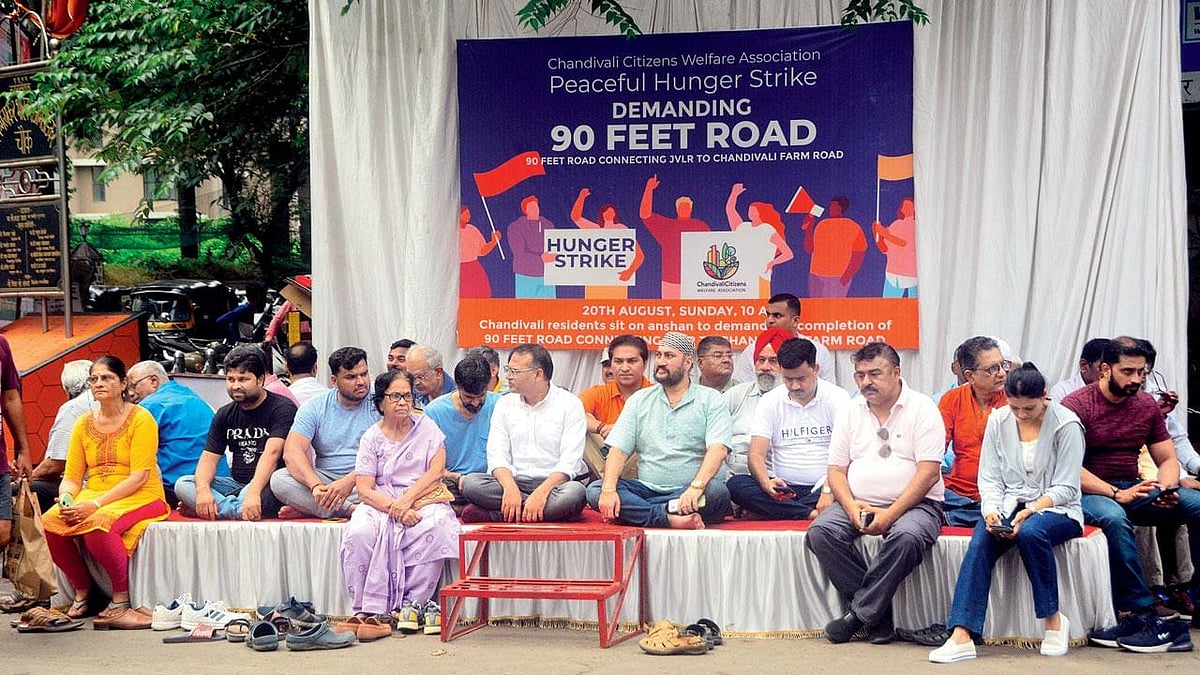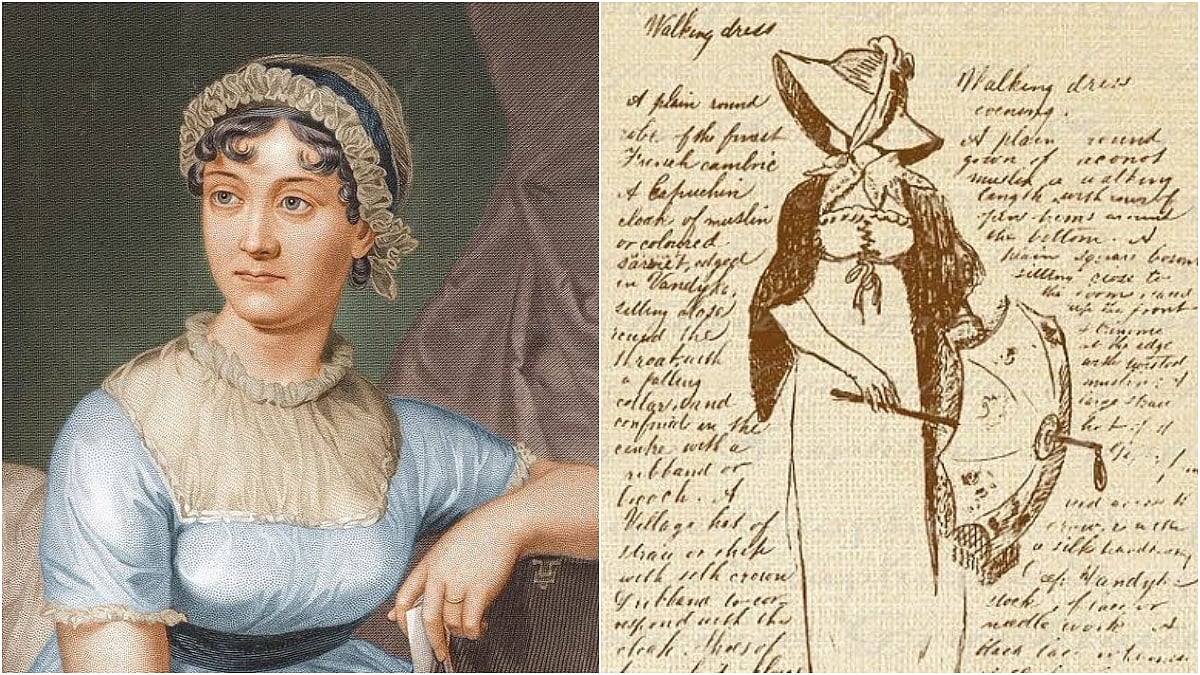When Buddhadeb Bhattacharya was chief minister of West Bengal, he called a meeting to recommend improvements for Kolkata’s urban landscape to which my cousin, Pesi Narielvala, was also invited. At the meeting, several suggestions were made: attractive street-lamp standards, redesigned garbage bins, chequered pavement flagstones, and similar additions and changes. Finally, it was Pesi’s turn to speak. He said, “Chief Minister, no doubt many of the additions that have been recommended are excellent, but I believe that a quicker and cheaper way to improve is not to add more but to subtract what should never have been added.” That was a perceptive observation but wholly lacking in reality: There is very little kick-back in subtraction works; there is lots in contracts for new purchases. Besides, much of the urban ugly earns revenue for municipalities and provides municipal councillors the opportunity for favours. So, Pesi’s recommendation remains on the “to do” list many years after it was made.
For a society that claims several thousand years of civilisation, why are our cities so ugly? When we travel overseas, to any country, rich or poor, the ugliness of our cities compared to the ones we are visiting, is striking. It is not only the filth, though that is not a minor factor. It is the general lack of any aesthetics or harmony. Higgledy-piggledy buildings, chaotic street design, street junk, careless civic works even by private service providers and a thousand other things grate on anybody with a modicum of sensitiveness, never mind thousands of years of cultural refinement. It is not that these are not in the town planning manuals bequeath us by the evil British raj. All of them are dealt with in those. It is the total capture of municipalities by our politicians who have, over the past seventy years killed those regulations. Further, in the socialism of the Nehruvian era, these were considered luxuries and PWD structures were built ugly, justified on that ground.
A visit to any of the old developments in any of the older cities supports my statement. The old streets in Mumbai (Horniman Road, now DN road, Horniman Circle, Lamington Road, now Dr. A. Nair Road, Sandhurst Road, now SVP Marg, Ballard Estate), Calcutta (BBD Baug, now Dalhousie Square, Park Street, Chowringee, now JN Road), Chennai, Lucknow and elsewhere will bear me out. Sadly, even these old areas have been developed into eyesores. New buildings have been permitted without any reference to harmony with the older structures. Where a street is brand new, every building has its own design, regardless of its neighbour’s. History, culture, social and economic factors have no relevance to approving the designs of structures and facades. Some of the greatest offenders are the municipalities themselves, constructing municipal structures with no regard for visual appeal or aesthetics.
Even where old buildings stand, they have been defaced beyond recognition by enclosing open spaces and balconies, covering stone embellishments with cement, fitting air conditioners into beautiful jharoka elevations, grotesque signboards and other offensive changes. The municipalities have now forgotten that they have the obligation to force building owners to maintain and periodically paint their establishments, owners coerced by antiquated rent control laws, retained by vote-banking politicians.
The next thing that strikes one is the junk that lies around. Both public and private organisations are guilty. The first invasion of public spaces by private companies was the cable operators; they were permitted to string their cables in any manner they liked, crossing streets, hanging from roof-tops and such like. Apart from total disregard for safety, these were visual invasions that any sensitive municipal body would have stopped. Matters are now worse because these cable operators have begun to leave large loops of spare cable hanging from public lampposts, trees or even on the ground. The providers of telecom services are the new offenders: cables and wires snake out of the pavement and climb up poles with nary a thought to aesthetics or safely. Plastic conduits that are insufficiently buried stick out of pavements and even out of carriage ways.
Amongst the public organisations, the traffic police are often the worst offenders. Their metal frame barricades lie around, covered in dust and paan stains. They obstruct carriageways and footpaths. Many of them are broken. Often, after a naka-bandhi (another useless exercise), they are lazily left in position posing a threat to traffic, especially after dusk. Traffic medians are used by pavement dwellers to dry their clothes on and are never washed. I recall the time when streets were washed early every morning.
Take traffic islands. They are now a useful space in which to leave unattended the sludge removed from drains, to dump discarded traffic police barriers, to pile rubble dug out during road works and to set-up hawking stalls.
Many of the additions are ungainly – pedestals whose height is disproportionate to the statues placed on them, many of which are an insult to the personage sought to be depicted, railings of an unattractive design, utility boxes clogging pavements and even carriageways.
Street signs are placed without thought to utility or obstruction. Therefore, one has signs exhorting safe driving placed to obstruct traffic lights, signs asking drivers to allow ambulances right-of-way in streets not leading to any hospitals and various signs goading good conduct in a language that most readers do not understand.
Talking of signs, the worst visual ugliness is caused by hoardings. In their greed for rates from their owners (not to mention the kickbacks for prime sites), municipalities have been permitting their erection without any restriction. In today’s age, money trumps all. It is assumed that Indians lack any sort of sensibilities, such as the joy of a view of a beautiful hill or the sea. Mumbai is the worst offender by far in this regard.
Many of these things can easily be corrected by enforcement. Just reach into the backs of your cupboards, municipal commissioners, and pull out for enforcement, the moth-eaten manuals the British left your establishments with.
The writer is noted for his work toward improving corporate governance and raising awareness on environmental issues. He serves on the governing council of TERI and as an independent director on the boards of Thermax and Exide Industries. Syndicate:The Billion Press











